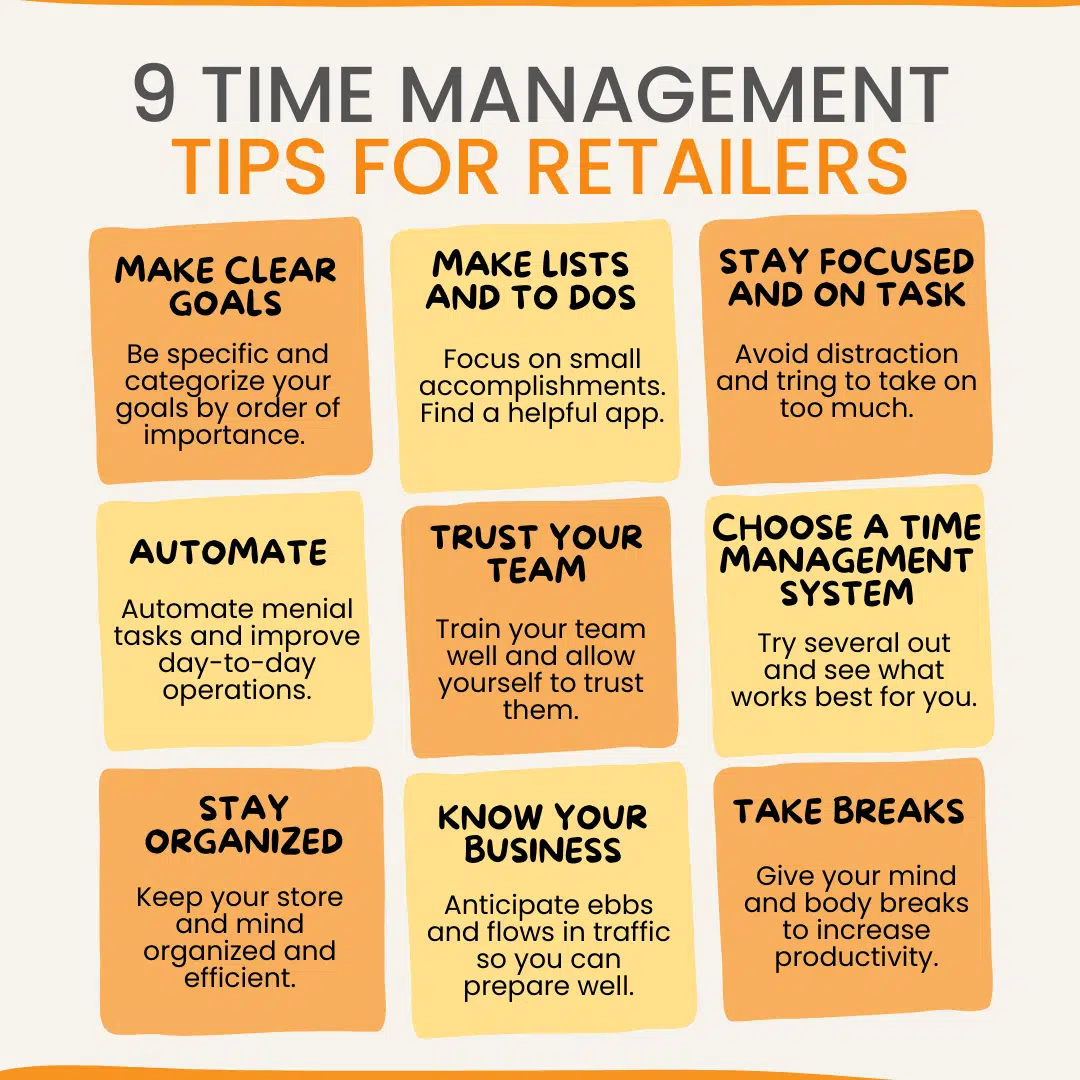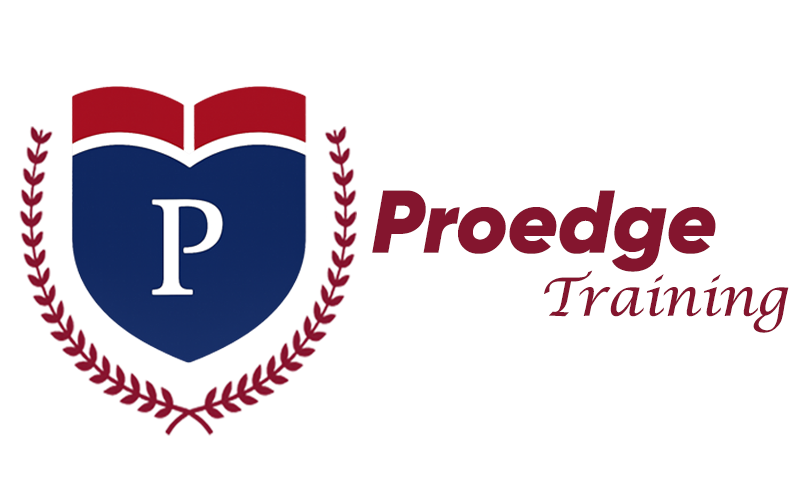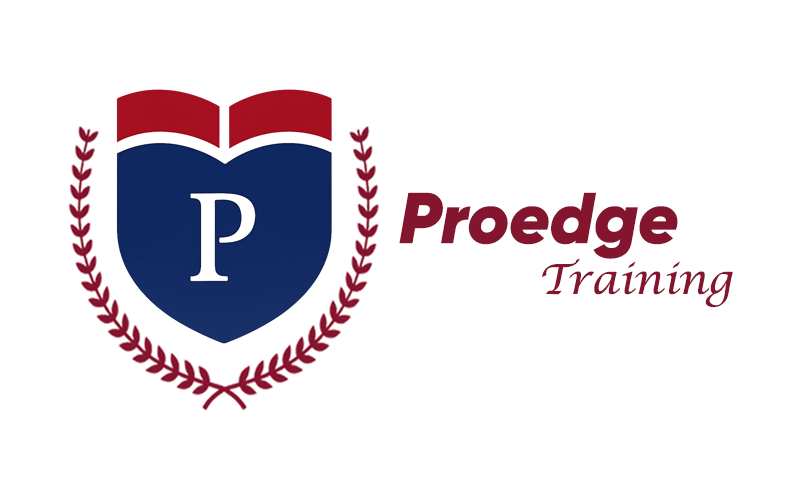
How to Become a Time Management Pro: Boost Productivity
Time management is a skill many wish to improve. It helps in achieving more with less stress. Becoming good at time management involves understanding your tasks and priorities. You need to learn how to allocate your time wisely. Time is a valuable resource. Everyone gets the same 24 hours each day. Yet, some people seem to achieve much more. Why? They manage their time effectively. Good time management means planning your day, setting priorities, and sticking to a schedule. It involves avoiding distractions and staying focused. It can lead to better productivity and less stress. If you feel overwhelmed by tasks or wish to be more efficient, learning time management can help. This guide will explore simple strategies to improve your time management skills. With practice, you can become more organized and efficient.
Importance Of Time Management
Time management is a crucial skill in today’s fast-paced world. With so many tasks and responsibilities, managing time effectively can enhance both personal and professional life. Learning how to manage time not only boosts productivity but also reduces stress. It helps in prioritizing tasks, setting goals, and achieving a better work-life balance. Understanding the importance of time management can lead to a more organized, efficient, and fulfilling life.Benefits For Personal Life
Time management plays a vital role in enhancing personal life. By efficiently managing time, individuals can achieve more in less time, allowing them to enjoy life fully. Here’s how:- Stress Reduction: Proper time management skills reduce stress and anxiety. When tasks are organized, there’s less to worry about.
- Improved Relationships: Effective scheduling allows more time for family and friends. This strengthens personal bonds.
- Personal Efficiency: By setting clear goals, individuals can focus on what truly matters, leading to a more fulfilling life.
- Better Health: With time blocking, there’s room for exercise and relaxation, promoting a healthier lifestyle.
| Benefit | Description |
|---|---|
| Stress Reduction | Decreases anxiety by organizing tasks. |
| Improved Relationships | More time for loved ones. |
| Personal Efficiency | Focus on important tasks. |
| Better Health | Includes time for exercise and rest. |
Benefits For Professional Life
In the professional realm, effective time management leads to enhanced productivity and success. Here’s why it’s essential:- Increased Productivity: Productivity techniques and prioritization strategies help in completing tasks efficiently.
- Enhanced Organizational Skills: Being organized leads to smoother workflow and fewer errors.
- Goal Setting and Achievement: Clear goals help in measuring progress and success.
- Work-Life Balance: With effective scheduling, professionals can maintain a healthy work-life balance.
| Benefit | Description |
|---|---|
| Increased Productivity | More tasks completed in less time. |
| Enhanced Organizational Skills | Leads to efficient workflow. |
| Goal Setting and Achievement | Clear vision for progress. |
| Work-Life Balance | Healthy balance between work and personal life. |
Assessing Your Time
Effective time management is an essential skill in today’s fast-paced world. To improve your time management skills, you must first assess how you currently use your time. This involves understanding where your hours go and identifying areas for improvement. By assessing your time, you can implement productivity tips, focus techniques, and goal setting to enhance your daily routine. Let’s explore how you can evaluate your time usage effectively.Time Tracking Techniques
Tracking your time is the first step toward better time management. It helps you understand your current habits and identify patterns that need change. Here are some effective time tracking techniques:- Use a Time Journal: Write down what you do every hour for a week. This will give you a clear picture of your daily activities.
- Digital Tools: Utilize apps like Toggl, RescueTime, or Clockify. These tools provide insights into how you spend your time online and offline.
- Time Blocking: Allocate specific time slots for different tasks. This helps in ensuring effective scheduling and task management.
| Technique | Purpose |
|---|---|
| Time Journal | Understand daily habits |
| Digital Tools | Track online and offline activities |
| Time Blocking | Improve focus and productivity |
Identifying Time Wasters
After tracking your time, the next step is identifying time wasters. These are activities that distract you from achieving your goals. Recognizing them is crucial for improving your time management skills.- Excessive Social Media: Limit time spent on social networks. They often lead to procrastination.
- Unnecessary Meetings: Evaluate the necessity of each meeting. Opt for emails or brief calls instead.
- Multitasking: Focus on one task at a time. Multitasking can reduce efficiency and increase errors.
- Set clear goals for each day.
- Identify your most important tasks.
- Use productivity tips like the Pomodoro Technique to maintain focus.
Setting Goals
Time management is more than just ticking off tasks from a to-do list. It’s about achieving a balanced life, improving productivity, and personal growth. One key element in mastering time management is setting clear and attainable goals. Goals give direction and purpose, allowing you to focus your efforts efficiently. By understanding how to set goals, you can enhance your planning and organization skills and make the most of your time.Short-term Vs Long-term Goals
Understanding the difference between short-term and long-term goals is crucial for effective prioritization. Short-term goals are like stepping stones. They are tasks or objectives you plan to achieve in the near future. These can range from daily to weekly tasks.- Finishing a book within a week
- Completing a project by the end of the month
- Attending a workshop next weekend
| Short-term Goals | Long-term Goals |
|---|---|
| Improve daily productivity | Advance in your career |
| Learn a new skill | Achieve work-life balance |
Smart Goals Framework
Setting goals using the SMART framework is a widely recognized strategy. It ensures your goals are clear and reachable. SMART stands for:- Specific: Define goals clearly. Avoid vague terms.
- Measurable: Quantify your goal. Track progress easily.
- Achievable: Set realistic goals. Ensure they are within reach.
- Relevant: Align goals with your values and long-term plans.
- Time-bound: Set a deadline. Keep yourself accountable.

Prioritization Techniques
Managing time effectively is crucial for achieving a balanced life and reaching your goals. Prioritization techniques help you focus on what truly matters, enhancing your productivity and ensuring that your efforts align with your objectives. By mastering these techniques, you can improve your time management skills, leading to better work-life balance and more efficient task organization. Let’s explore two powerful prioritization strategies: the Eisenhower Matrix and the ABC Method.Eisenhower Matrix
The Eisenhower Matrix, also known as the Eisenhower Box, is a simple yet effective tool for decision-making and time management. This technique categorizes tasks based on their urgency and importance, helping you focus on what needs immediate attention and what can be scheduled for later. Here’s how it works:- Urgent and Important: Tasks that need immediate action. These should be prioritized first.
- Important but Not Urgent: Tasks that contribute to long-term goals. Schedule these for later.
- Urgent but Not Important: Tasks that can be delegated. They don’t contribute significantly to your goals.
- Neither Urgent nor Important: Tasks that can be eliminated. These are often distractions.
Abc Method
The ABC Method is a prioritization strategy that assigns value to tasks based on their importance. It’s a straightforward approach to organizing tasks, making it easier to decide what needs attention first. Here’s a breakdown of the ABC Prioritization Method:- A Tasks: High-priority tasks that are crucial for achieving your goals. These should be completed first.
- B Tasks: Medium-priority tasks that are important but not urgent. Schedule these after completing A tasks.
- C Tasks: Low-priority tasks that have minimal impact on your goals. Consider delegating or completing these last.
Creating A Schedule
Time management is a vital skill in today’s fast-paced world. Creating a schedule is one of the most effective planning techniques to enhance your productivity. A well-structured schedule not only helps in organizing tasks but also aids in achieving a better work-life balance. By defining your day and week clearly, you can focus on your priorities and improve efficiency. Let’s explore how you can create a schedule that works for you.Daily Planning
Daily planning is essential for maintaining effective time management skills. It allows you to focus on key tasks, reducing stress and increasing productivity. Start by listing your tasks for the day. Use a simple to-do list to organize your thoughts. Prioritization methods can help you decide which tasks need immediate attention.- Identify your top three tasks for the day.
- Allocate specific time blocks for each task.
- Include breaks to recharge and maintain focus.
| Time | Task |
|---|---|
| 8:00 AM – 9:00 AM | Goal Setting and Planning |
| 9:00 AM – 11:00 AM | Work on Priority Task 1 |
| 11:00 AM – 11:15 AM | Break |
| 11:15 AM – 1:00 PM | Task Organization and Emails |
| 1:00 PM – 2:00 PM | Lunch Break |
| 2:00 PM – 4:00 PM | Work on Priority Task 2 |
Weekly Planning
Weekly planning gives you a broader view of your tasks and responsibilities. It helps in aligning your daily routines with long-term goals. Start by reviewing the past week. Reflect on what worked and what didn’t. This reflection will guide your future plans. Consider the following steps for effective weekly planning:- Set clear goals for the week.
- Break down larger tasks into smaller, manageable steps.
- Allocate time for each task using time blocking.
- Include buffer time for unexpected events.
| Day | Main Focus |
|---|---|
| Monday | Project Planning and Meetings |
| Tuesday | Research and Development |
| Wednesday | Client Calls and Feedback |
| Thursday | Content Creation |
| Friday | Review and Wrap-up |
Utilizing Tools
Time management is crucial in achieving personal and professional goals. One way to enhance your time management skills is by utilizing various tools. These tools can range from digital apps to traditional methods, each offering unique benefits. Finding the right mix can boost your productivity techniques, helping you achieve a better work-life balance.Apps And Software
In today’s digital age, apps and software are essential for effective organization. They provide a convenient way to manage tasks and set goals. Task management apps like Todoist and Trello help you keep track of daily tasks and long-term projects. These apps offer features such as time blocking and prioritization methods, ensuring you stay focused on what’s important. Scheduling tools like Google Calendar and Microsoft Outlook assist in planning your day efficiently. They allow you to set reminders and appointments, helping you stick to your schedule. Many of these tools integrate with other apps, providing seamless coordination. Here’s a table showing popular apps and their features:| App | Feature |
|---|---|
| Todoist | Task management, goal setting strategies |
| Trello | Project management, collaboration |
| Google Calendar | Scheduling, reminders |
Traditional Methods
Despite the rise of digital tools, traditional methods still hold value in time management. Daily planners remain popular among those who prefer writing things down. They provide a tangible way to track your tasks and appointments. Time blocking is a traditional technique where you divide your day into blocks dedicated to specific tasks. This method helps in minimizing distractions and increasing focus. Bullet journals are another effective tool. They combine task lists, goal setting strategies, and personal reflections. This approach offers a holistic view of your progress and areas needing improvement. Here’s a list of traditional methods:- Daily Planners
- Time Blocking
- Bullet Journals
Managing Distractions
Time management can feel like a juggling act, especially with distractions all around us. Managing distractions is crucial for improving productivity. With effective scheduling and focus improvement methods, you can enhance your time management skills. Let’s explore how to handle digital distractions and environmental factors in productivity to achieve your goals.Digital Distractions
Digital distractions are everywhere. They can derail even the best time management plans. Emails, social media, and notifications constantly compete for our attention. Here are some ways to manage digital distractions:- Use apps that block distracting websites: Tools like StayFocusd or Cold Turkey can help.
- Schedule specific times for checking emails and social media: This is part of effective scheduling.
- Turn off notifications: Only allow critical alerts to come through.
| Distraction Type | Time Lost Per Day |
|---|---|
| Social Media | 1-2 hours |
| Emails | 30-60 minutes |
| Notifications | 20-40 minutes |
Environmental Factors
Environmental factors can also affect productivity. A cluttered workspace or noisy surroundings can lead to procrastination. Here are some strategies for dealing with these factors:- Organize your workspace: A clean space promotes clear thinking.
- Control noise levels: Use noise-canceling headphones or play background music if it helps.
- Set boundaries with others: Let them know your focus times to avoid interruptions.
Review And Adjust
Reviewing and adjusting your time management strategies is crucial for success. Regular evaluations ensure you stay on track. They help identify areas where you excel and those needing improvement. Adjustments prevent stagnation and promote growth. This ongoing process enhances your productivity techniques and helps refine your time management skills.Regular Self-assessment
Self-assessment is a powerful tool. It reveals insights about your time management effectiveness. Conduct regular reviews to understand your strengths and weaknesses. Are you meeting your goals? Are deadlines slipping due to procrastination? Answering these questions is essential for improvement. Consider creating a checklist:- Are your task delegation strategies effective?
- Is your goal setting clear and achievable?
- Do you maintain work-life balance?
| Area | Status | Action Needed |
|---|---|---|
| Procrastination Management | Needs Improvement | Implement stricter deadlines |
| Effective Scheduling | Good | Continue current practices |
Adapting To Changes
Change is constant. Adaptation is key in maintaining effective time management skills. Whether it’s a shift in workload or unexpected events, adaptability ensures you remain productive. Explore strategies for adapting to changes:- Re-evaluate your current productivity techniques. Are they still effective?
- Modify your time blocking methods to accommodate new tasks.
- Adjust your prioritization strategies to align with changing goals.





